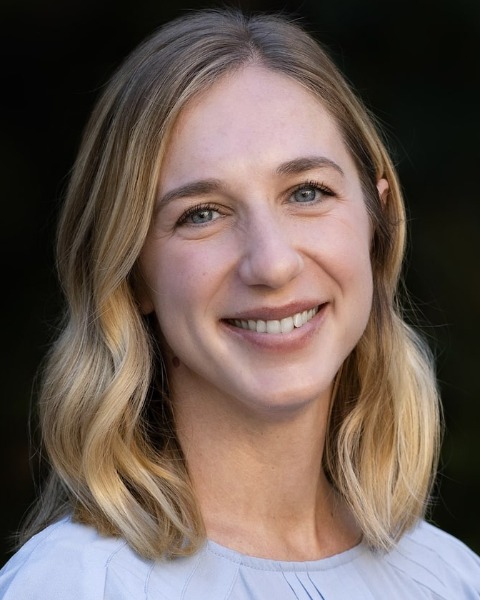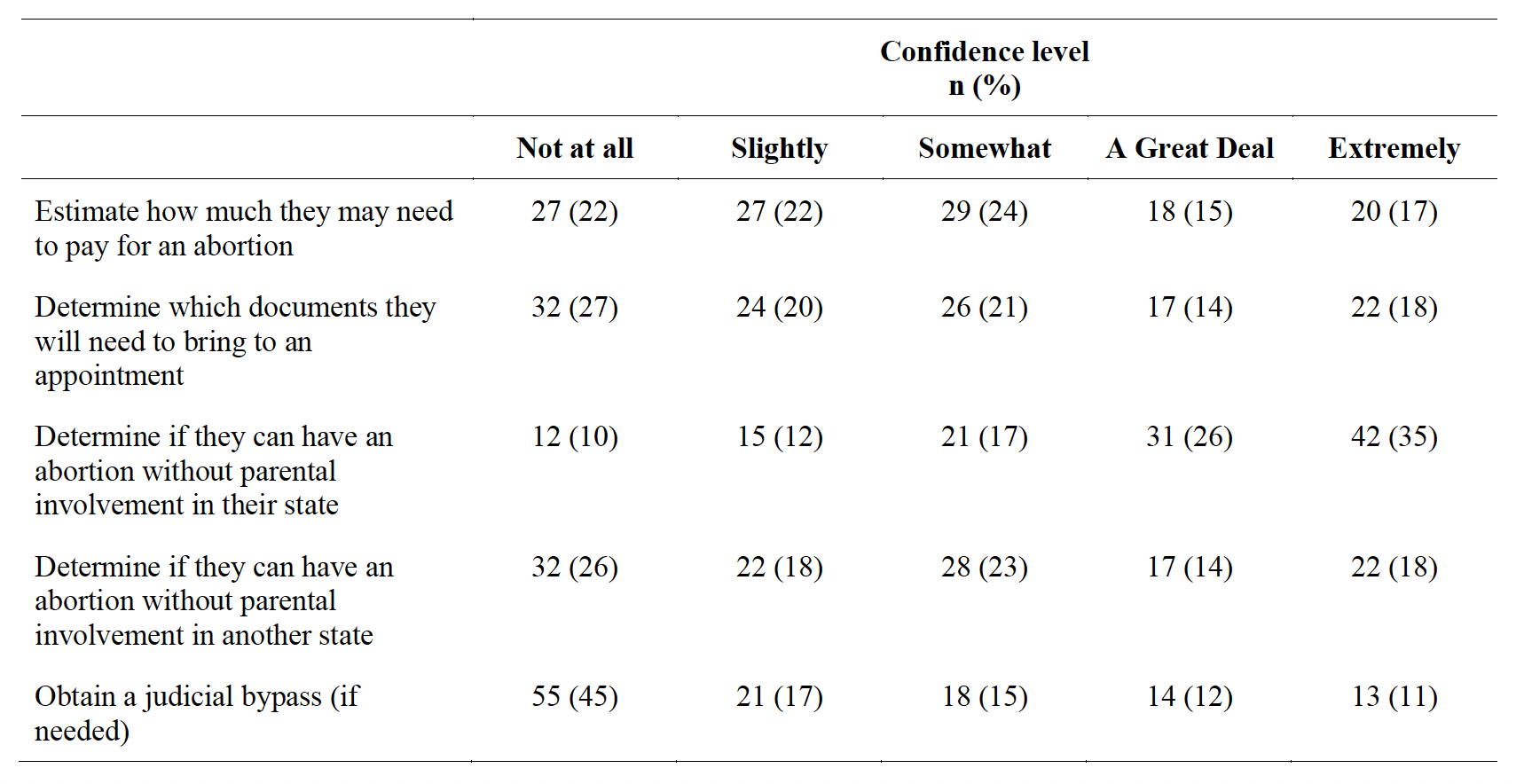Adolescent Medicine 4: Hot Topics
Session: Adolescent Medicine 4: Hot Topics
122 - Chilling effects of the Dobbs decision on Adolescent-serving clinicians in the United States
Monday, April 28, 2025
7:00am - 9:15am HST
Publication Number: 122.4182
Amanda E. Bryson, University of California, San Francisco, School of Medicine, San Francisco, CA, United States; Michelle Oberman, Santa Clara University School of Law, Santa Clara, CA, United States; Lisa S.. Lehmann, Harvard Medical School, Palo alto, CA, United States; Marissa Raymond-Flesch, University of California, San Francisco, School of Medicine, San Francisco, CA, United States

Amanda E. Bryson, MD, MPH (she/her/hers)
Assistant professor
University of California, San Francisco, School of Medicine
San Francisco, California, United States
Presenting Author(s)
Background: The 2022 Supreme Court decision in Dobbs v. Jackson Women’s Health Organization dramatically reduced adolescent abortion access. Clinicians play an important role in adolescent abortion access and can facilitate or hinder access.
Objective: We compare adolescent-serving clinicians’ practices in pregnancy options counseling, abortion referral, and abortion services post-Dobbs in states with and without new abortion restrictions. We also examine clinicians’ confidence helping adolescents access abortion post-Dobbs.
Design/Methods: We recruited US clinicians (physicians and advanced practice providers) caring for adolescents (ages 10-18 years) who are or could become pregnant to complete an online cross-sectional survey. Potential participants were recruited through society listservs, professional networks, and respondent-driven sampling during September and October 2024. The research team created survey items with input from a multidisciplinary advisory board. Descriptive statistics, Mann-Whitney U test, χ2, and Fisher’s Exact Test were used. This study was IRB exempt.
Results: As seen in Table 1, 121 clinicians (87% physicians, 13% advance practice practitioners) completed the survey, 29% of whom practiced in states with new abortion restrictions (60% total ban, 26% ban at 6 weeks, 11% ban at 12 weeks, 3% ban at 15-18 weeks). Significantly more participants in states with new restrictions reported sharing less information with adolescents about pregnancy options post-Dobbs than those in states without new restrictions (49% v 0%; p<.001). There were notable differences in post-Dobbs practices between participants in states with and without new restrictions, including abortion counseling, referral practices (providing information about abortion clinics and assisting with scheduling appointments), and abortion provision (medication abortion and procedural abortion) (Table 2). Less than 20% of participants reported feeling extremely confident helping an adolescent navigate abortion access in 4 of the 5 situations assessed (Table 3).
Conclusion(s): Our study provides preliminary findings suggesting that post-Dobbs abortion restrictions not only influence adolescent-serving clinicians’ abortion services but also have chilling effects on abortion counseling and referral practices. Concerningly, many clinicians in restricted and non-restricted states were not highly confident in their ability to help an adolescent navigate abortion access post-Dobbs. Future directions include identifying modifiable practice barriers and creating guidelines to support clinicians caring for adolescents in the current policy landscape.
Table 1: Demographics of participants (n = 121), comparing those working in states with new abortion restrictions versus those working in states without new abortion restrictions.
.png) Participants with missing data for a given variable were excluded from the counts.
Participants with missing data for a given variable were excluded from the counts.Mann-Whitney U test was used for continuous variables and χ2 or Fisher’s Exact Test was used for categorical variables.
Table 2: Participants’ (n = 121) post-Dobbs practices providing abortion-related care to adolescents, comparing participants working in states with and without new abortion restrictions.
.png) a, Reporting frequencies and percentages of those indicating they routinely provide the care/service listed post-Dobbs.
a, Reporting frequencies and percentages of those indicating they routinely provide the care/service listed post-Dobbs.b, χ2 or Fisher’s Exact Test (when cell count was <5) was used for analysis.
Table 3: Participants’ (n = 121) self-reported confidence helping an adolescent do the following to access an abortion in the United States post-Dobbs.


